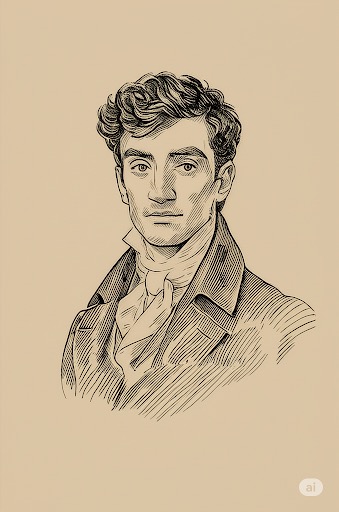The Temple in the Vines
- Nicholas Northwood

- Jun 1
- 3 min read

From the Desk of Lord Northwood
June 1st, Some things we don’t imagine—we remember.
I know not everyone believes in the spiritual. But I’ve always been a staunch advocate for religious and spiritual freedom, just as much as I’m a fierce critic of religious indoctrination. I don’t go to church regularly (rarely at all, truth be told), but I make a point of visiting cathedrals and holy sites wherever I travel. There’s something about sacred architecture that moves me—beauty meant to house belief. This fascination began with mythology: first Greco-Roman, then Norse, Native American, and Japanese. I studied Christianity, Judaism, Islam, dipped into Hinduism, Taoism, Zoroastrianism, and even the Baha’i faith. I’ve practiced Buddhism as a philosophy. The world’s stories about divinity intrigue me, especially how cultures—separated by oceans and centuries—somehow echo one another. Those near the equator often lift the sun as their god; those further north, a sky-ruling thunderer like Zeus or Thor. This passion led me to take a course in comparative religion. It was there, during a classroom meditation exercise I wasn’t expecting much from, that something extraordinary occurred.
Eyes shut, music playing, I slipped into stillness. At first, it was just colors and shapes. But then, the scene changed. I saw a woman and a child in an Asian forest. Suddenly, a white tiger emerged from the trees—calm, regal, immense. The woman didn’t scream. She stared, as if she recognized divinity before her.
That tiger stayed with me. Months later, I tried explaining it to friends—how vivid my mind could become. We had partaken in a bit of poetic indulgence (let us say we borrowed a leaf from Bacchus’ garden, though of the earthier kind), and I played meditation music as we sat in my car. Again, I shut my eyes and sank inward.
This time, a boar charged across a beach. Then a donkey appeared. My mind grew anxious—too chaotic, too fast. But then, as if summoned to protect me, the white tiger returned. It slashed through the donkey, turning it into mist. The message was clear: breathe. Then things became...otherworldly. A snake slithered and wrapped itself around the tiger. I watched as the vision shifted into the interior of a vast palace. Two men—one tall and lanky, the other short and round—walked side by side. The shorter one said, “The boy wants to know what’s happening with the tiger.”
The taller one replied, “We do not concern ourselves with the affairs of his world. He should not concern himself with ours.” And then I was alone in a forest.
There, nestled in roots and overgrowth, was a cathedral. A once-sacred place swallowed by nature. I stepped inside and walked to the center, where a beam of light shone onto a platform. I stepped into the light. And I heard a voice. Not loud. Not booming. But everywhere.
It told me no one else could see what I see. That no matter how I tried to explain, no one else would feel these visions the way I do. They are for you, the voice said. You alone. I needed to understand this.
Normally, I’d dismiss all of this as a cannabis-induced spiral. But that same day, after I left my friends, I came home, and my mother surprised me with a gift: dream cards.
Each card explained what symbols in dreams represent. As I flipped through the deck, one card caught me: religious monuments. It read: To see a religious monument in a dream means you’ve glimpsed the temple of your higher self. If it is overgrown with vines and vegetation, it signifies one who holds no traditional religious affinity, but instead walks a spiritual path of their own.
I just sat there, stunned. And I thought to myself: what is meditation, if not dreaming while awake? Faithfully,
Lord Nicholas Northwood





